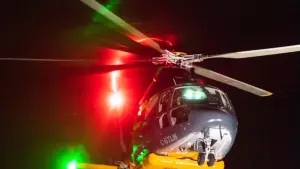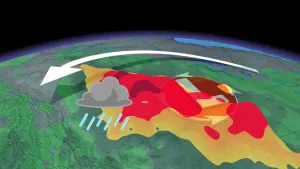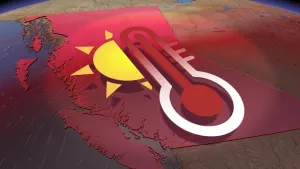
8 interesting things we found exploring NOAA's virtual reality deepsea dives
There's a lot to see under the sea.
NOAA has unveiled a series of virtual reality (VR) dives to help entertain the masses while health officials work to contain the spread of COVID-19.
There are several VR tours available from different regions, including American Samoa, the Florida Keys, Flower Garden Banks in the Gulf Coast of Texas, Georiga's Gray’s Reef, California's Monterey Bay, the Olympic Coast in Washington state, Stellwagen Bank in Maine, and Michigan's Thunder Bay.
Tours are comprised of 360-degree images that feature strange sea creatures like urchins and starfish, as well as coral and rock formations. Tours can be viewed from desktop computers, tablets, or smartphones and work with VR headsets or goggles.
The photos were taken by divers with special cameras, and NOAA intends to add to the gallery as more photos are submitted.
The project was created in collaboration with the Ocean Agency, a non-profit that NOAA plans to add to the gallery as divers take more shots. This collaboration between NOAA and the Ocean Agency, a nonprofit which raises awareness about ocean conservation.
We spent an afternoon indulging in NOAA's VR tours.
Here are 8 interesting things we found.
8. AMERICAN SAMOA: BLEACHED CORAL IN AIRPORT POOL

You'll find lots of coral in the VR gallery, but the seabeds in America Samoa's Airport Pool stand out, due to a massive coral bleaching event in 2015.
"The staghorn coral population in this area suffered massive mortalities during the 2015 bleaching event," NOAA says.
The bleaching event was the result of prolonged, elevated water temperatures, which stressed the corals to the point of expelling their symbiotic algae, which is what gives healthy coral their colour.
"Once the algae is expelled, the corals' white calcium carbonate skeleton is visible through the transparent coral tissue, giving it this “bleached” appearance," NOAA says.
"If the water temperatures stay too high for too long, and the corals do not re-recruit their algae, they may starve and die."
7. FLORIDA KEYS: CHRIST OF THE ABYSS
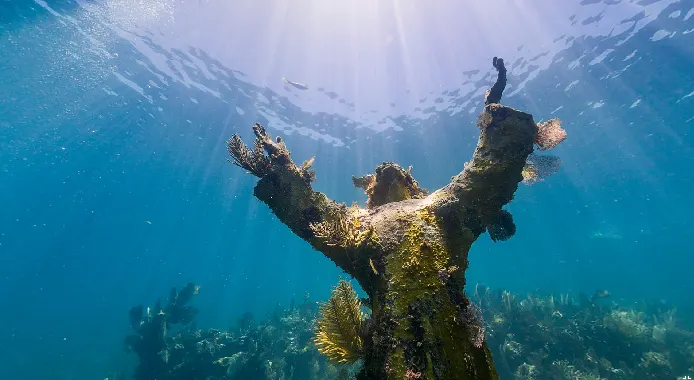
Florida's "Christ of the Abyss" is a famed, 3-metre-tall bronze statue that was lowered into the keys in August 1965.
Over the years it has become home to plants, fish, and invertebrates -- all of which have given the statue texture and colour.
6. FLORIDA KEYS: THE WORLD'S ONLY UNDERWATER RESEARCH OBSERVATORY

Here's a photo of the Aquarius Reef Base, the world's only underwater research laboratory.
Scientists from around the world use the space to make observations, test new technologies, and train for future missions.
5. FLOWER GARDEN BANKS: A LIONFISH PASSING THROUGH

There's a lot going in the Flower Garden Banks, and not all of it is good.
In 2016, prolonged and elevated water temperatures caused a bleaching event, which can be seen in this image. You can also see a lionfish passing through. This popular, ornamental aquarium fish was likely introduced into Caribbean waters by someone who no longer wanted to care for it. It has since become a dangerous, invasive species. A USA Today report suggests the fish can decimate up to 80 per cent of native coral fish in a reef in as little as five weeks.
4. GRAY'S REEF: BARREL SPONGE
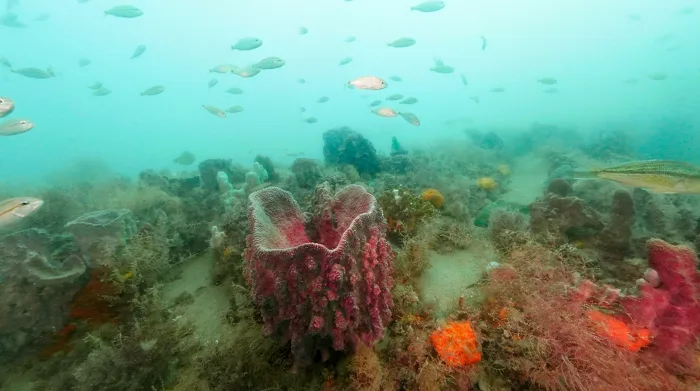
Barrel sponges are large animals that can have diametres up to 1.8 metres. They're commonly found in Gray's Reef and throughout the Caribbean.
3. MONTEREY BAY: SEA URCHINS GALORE
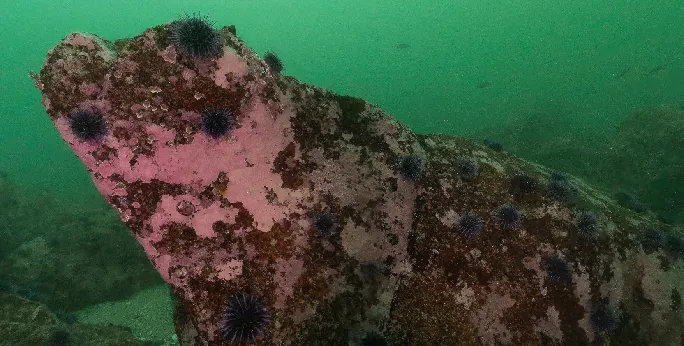
No matter where you turn in this Monterey Bay dive you'll see purple sea urchins.
The species has experienced a population boom in the area recently by dining on kelp forests that were once prominent along the reefs.
2. OLYMPIC COAST: A SEA OF DIVERSITY
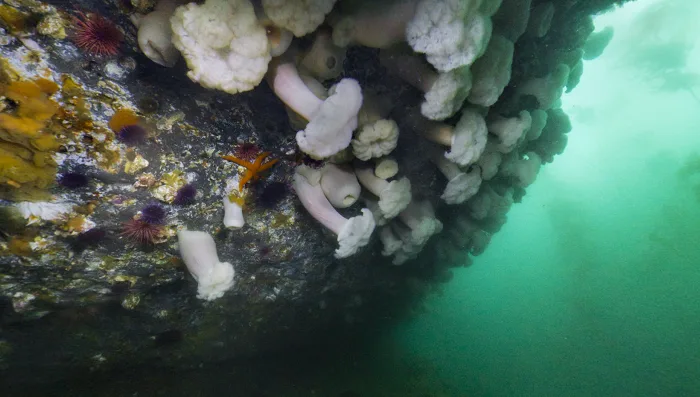
Check out the range of marine life on this overhanging wall in the Olympic Coast. In this photo alone, you can see giant plumose anemone, starfish, urchins, and barnacles.
1. THUNDER BAY: DEFIANCE SHIPWRECK
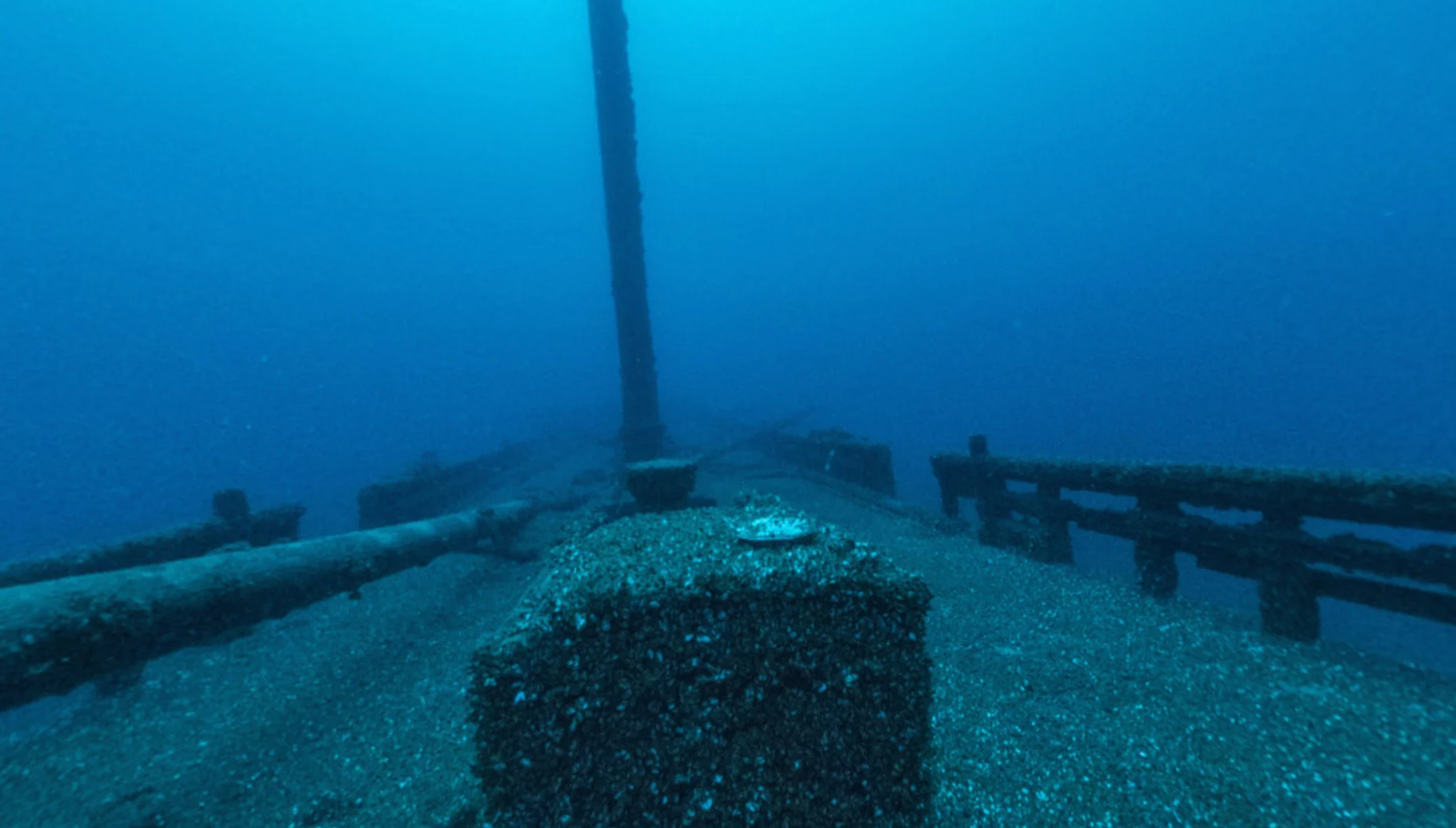
The Defiance sits at the bottom of Lake Huron at a depth of 185 metres. It sank in 1854 after a collision the John J. Audubon, which also sank a few miles away.








